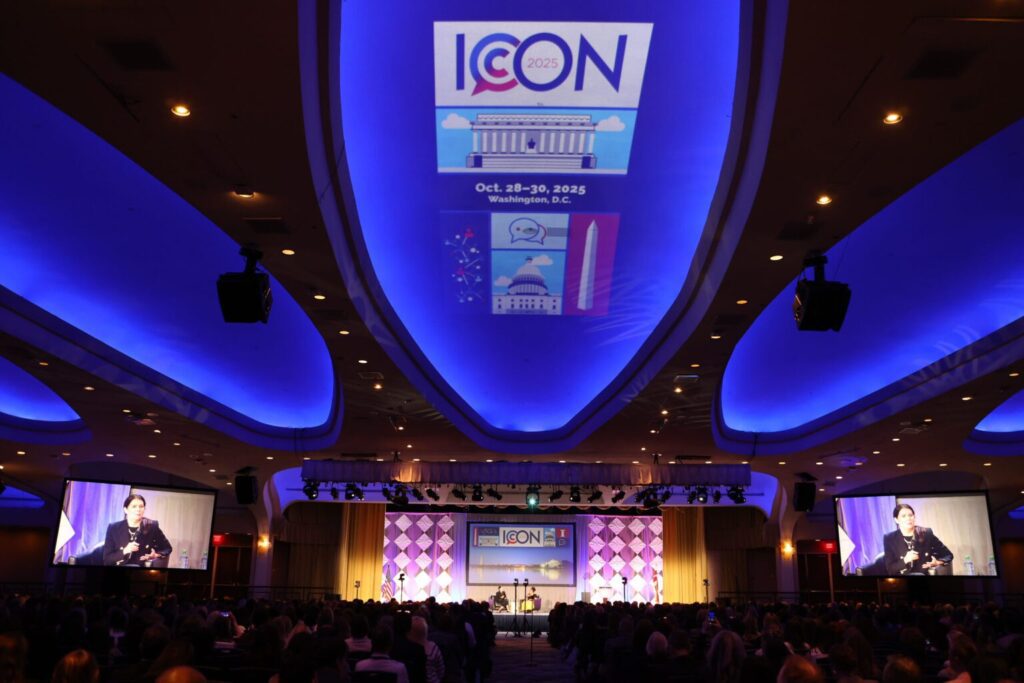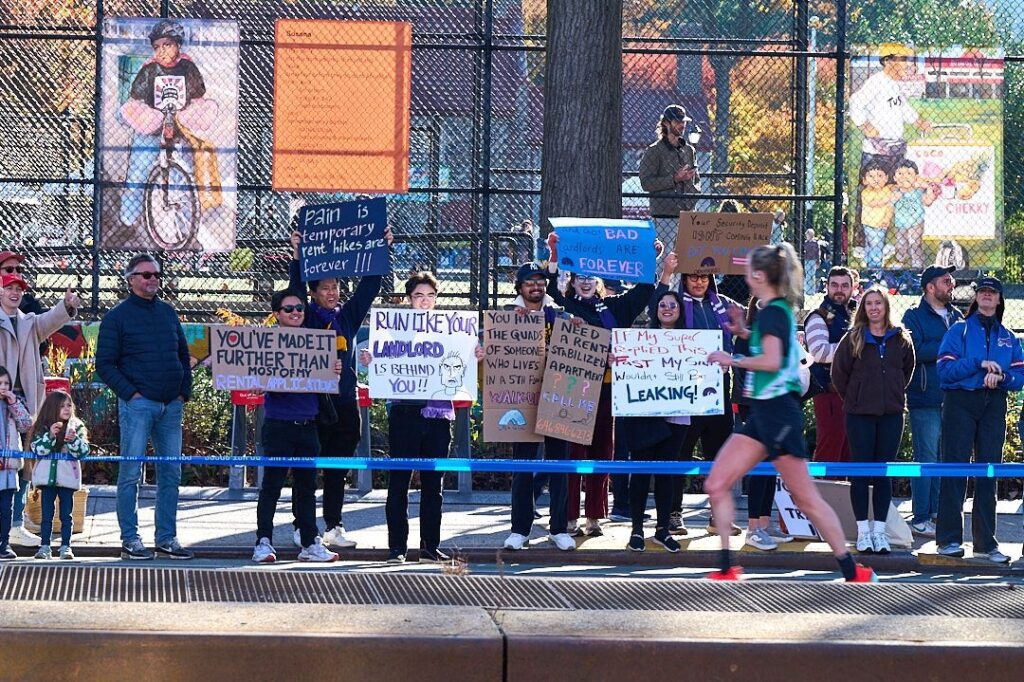By K.M. Pellegrino
 Online retail is growing, but not as fast as offline brick-and-mortar is contracting.
Online retail is growing, but not as fast as offline brick-and-mortar is contracting.
“Nearly every retailer’s online sales are growing at double-digit rates, but generally, they still account for 15% to 30% of total sales,” says Rodney Mason, CMO of Parago, a global incentives and engagement company. “Many customers who shop online don’t come in store much, and they tend to expect greater selection, cheaper prices and free shipping, which erode margins already battered by price-match strategies.”
The good news is that there are major opportunities for retailers to achieve a profitable balance of online and in-store by integrating and leveraging hybrid shopping modes, the right incentives, and some social elements, according to insights from Parago’s 2014 national shopper survey.
Convenience and pricing remain the big drivers of buying online. But most consumers are at least sometimes willing to buy online and then pick up their merchandise in store. This combines the convenience of online comparison shopping with the immediate gratification of same-day pickup, and may, of course, also save them some shipping costs.
This is a win for retailers because it can reduce the need to offer margin-eating free shipping in order to compete on price. And the right incentives can not only boost the numbers of shoppers who opt for in-store pick-up, but generate opportunities for generating incremental in-store purchases, points out Mason.
Specifically, 63% of shoppers surveyed (the sample was 1,992 adults representative of the U.S. consumer population) say that they already do in-store pick-up of online purchases: 54% do so a few times per year, 7% do so monthly and 3% do so weekly. Importantly, a full 82% say that they would consider it if they received a $10 rebate on a $50 purchase. Plus, 55% of shoppers who make a $25 purchase online say they’d purchase in the retailer’s store within two weeks in return for a $10 rebate on a $35 purchase.
Retailers that understand the importance of seamless customer experiences across platforms and upselling dynamics also make certain that customers who come into the store to pick up online-ordered items are taken through a path likely to generate additional impulse purchases, notes Mason. “And if you can send them an offer on their smartphones while they’re in the store, so much the better,” he adds.
At the same time, incentives can be used to fight showrooming and to realize incremental online sales by driving “buy in-store, buy online” purchases. More than 80% of adults 18 to 48 years old now have smartphones, and the survey confirmed that more than 70% regularly use them to compare prices (primarily through Amazon and Google) and make purchases while in stores.
Smart retailers are making their own branded sites mobile friendly, and encouraging in-store shoppers to check out their expanded online selections and their online price-matching rebates or other incentives, Mason says. Having associates armed with tablets, or manning kiosks, to help customers order out-of-stock, online-only or complementary merchandise has rapidly become a best practice.
All consumers, including the affluent, are after value for their money today, and growing numbers know that rebates virtually always offer higher value than coupons or other incentives, he says. Most rebates today are, of course, digital—and easy to redeem. Rebates (which in their broadest definition include prepaid reward cards or gift cards) generate redemption rates of 30% to 80%, versus average redemption rates of 1% to 2% for coupons. And of particular value to retailers, the online digital validation process enables the retailer to make upsell offers (perhaps on a BOPIS basis), emphasizes Mason.
It’s important to note that one third of shoppers report that they’re purchasing less this year because of concerns about the economy, and that they require a significant price incentive to make any incremental purchase, he says.
To keep shoppers within their orbit, and change their behaviors in desirable ways, retailers need to offer the incentives that shoppers want most.
The study finds that consumers prefer a prepaid debit card that can be spent anywhere over retailer gift cards and other types of rewards (48% prefer the prepaid card, versus 24% preferring a store gift card). However, branding the prepaid card with the store’s brand and coupling it with an appealing offer can drive double-digit spendback in the retailer’s stores, according to Parago.
Fixing Social Disconnect
Sixty-six percent of consumers surveyed say that they follow brands on social media, and 60% say that they want to find discounts and purchasing incentives via social. However, the “vast majority” report that they’re not receiving discount offers via social. “So social isn’t driving purchases, even though consumers want it to,” says Mason.
The sites most used by consumers in planning their shopping are Pinterest and Facebook, and those are used by just 9% and 8.8%, respectively.
“Those percentages are pitiful, particularly when you consider the size of Facebook,” Mason observes. “By and large, very few retailers and brands are even attempting to use social media to make limited-time offers that create urgency and drive traffic and sales. This is a huge missed opportunity. They need to invest more in social and deliver shopping-focused messages, including ones that reward followers for sharing the offers.”
A report summarizing the results of the online shopper survey can be downloaded free on Parago’s site.



